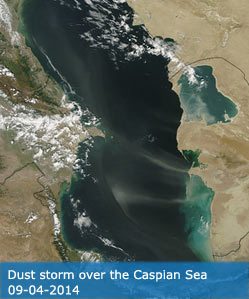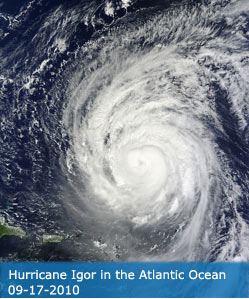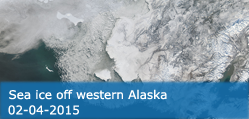Science Team
Publications
Bhowmik, M; Ayantika, DC; Swapna, P; Hazra, A; Krishnan, R (2025). Advancing effective radius parameterizations in climate models: insights from fundamental theoretical studies and CMIP6 model. CLIMATE DYNAMICS, 63(1), 7.
Abstract
The effective radius of cloud droplets (reff\documentclass[12pt]{minimal} \usepackage{amsmath} \usepackage{wasysym} \usepackage{amsfonts} \usepackage{amssymb} \usepackage{amsbsy} \usepackage{mathrsfs} \usepackage{upgreek} \setlength{\oddsidemargin}{-69pt} \begin{document}$$r_{eff}$$\end{document}), representing the ratio of the third to the second moment of the droplet size distribution, is a pivotal factor in inferring the cloud optical properties, such as cloud optical thickness, and single scattering albedo, and consequently plays a vital role in the calculation of radiative properties. Effective radius holds significance not only in assessing the global radiation budget but also in incorporating the aerosol indirect effect within climate models. Hence, refining the parameterization of cloud droplet's effective radius in earth system models (ESMs) has emerged as a critical endeavor for assessing climate change. Understanding the relationship between the gradient (k) or effective radius ratio (beta\documentclass[12pt]{minimal} \usepackage{amsmath} \usepackage{wasysym} \usepackage{amsfonts} \usepackage{amssymb} \usepackage{amsbsy} \usepackage{mathrsfs} \usepackage{upgreek} \setlength{\oddsidemargin}{-69pt} \begin{document}$$\beta $$\end{document}), a dimensionless parameter, and mean diameter and relative dispersion (& varepsilon;\documentclass[12pt]{minimal} \usepackage{amsmath} \usepackage{wasysym} \usepackage{amsfonts} \usepackage{amssymb} \usepackage{amsbsy} \usepackage{mathrsfs} \usepackage{upgreek} \setlength{\oddsidemargin}{-69pt} \begin{document}$$\epsilon $$\end{document}) is essential for the parameterization of effective radius. Fundamental theoretical studies using the Eulerian-Lagrangian particle-based model, guided by airborne observations, yield a spectrum of effective radius ratios (beta\documentclass[12pt]{minimal} \usepackage{amsmath} \usepackage{wasysym} \usepackage{amsfonts} \usepackage{amssymb} \usepackage{amsbsy} \usepackage{mathrsfs} \usepackage{upgreek} \setlength{\oddsidemargin}{-69pt} \begin{document}$$\beta $$\end{document}) aimed at improving the parameterization of reff\documentclass[12pt]{minimal} \usepackage{amsmath} \usepackage{wasysym} \usepackage{amsfonts} \usepackage{amssymb} \usepackage{amsbsy} \usepackage{mathrsfs} \usepackage{upgreek} \setlength{\oddsidemargin}{-69pt} \begin{document}$$r_{eff}$$\end{document}. Notably, beta\documentclass[12pt]{minimal} \usepackage{amsmath} \usepackage{wasysym} \usepackage{amsfonts} \usepackage{amssymb} \usepackage{amsbsy} \usepackage{mathrsfs} \usepackage{upgreek} \setlength{\oddsidemargin}{-69pt} \begin{document}$$\beta $$\end{document} or the gradient (k) exhibit significant variations across shallow and convective clouds, with k ranging from 0.61 to 0.84 (mean of 0.72 at a relative dispersion of 0.35). The analysis of CMIP6 models indicate that adopting appropriate beta\documentclass[12pt]{minimal} \usepackage{amsmath} \usepackage{wasysym} \usepackage{amsfonts} \usepackage{amssymb} \usepackage{amsbsy} \usepackage{mathrsfs} \usepackage{upgreek} \setlength{\oddsidemargin}{-69pt} \begin{document}$$\beta $$\end{document} value in the effective radius parameterization is crucial to mitigate the bias in reff\documentclass[12pt]{minimal} \usepackage{amsmath} \usepackage{wasysym} \usepackage{amsfonts} \usepackage{amssymb} \usepackage{amsbsy} \usepackage{mathrsfs} \usepackage{upgreek} \setlength{\oddsidemargin}{-69pt} \begin{document}$$r_{eff}$$\end{document}. Thus, better parameterization of the cloud effective radius remains essential for elucidating the radiative impacts in ESMs.
DOI:
10.1007/s00382-024-07500-y
ISSN:
0930-7575




